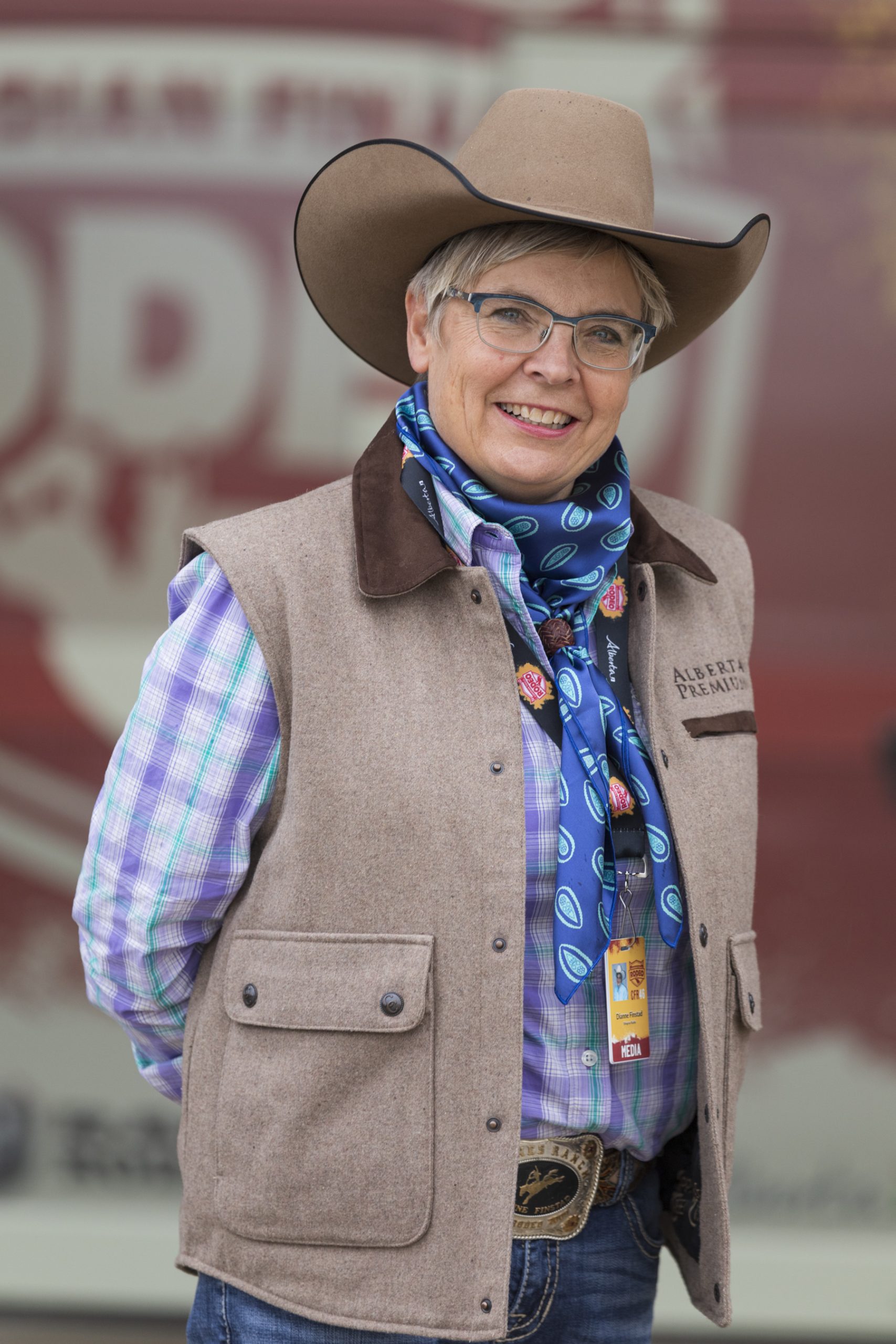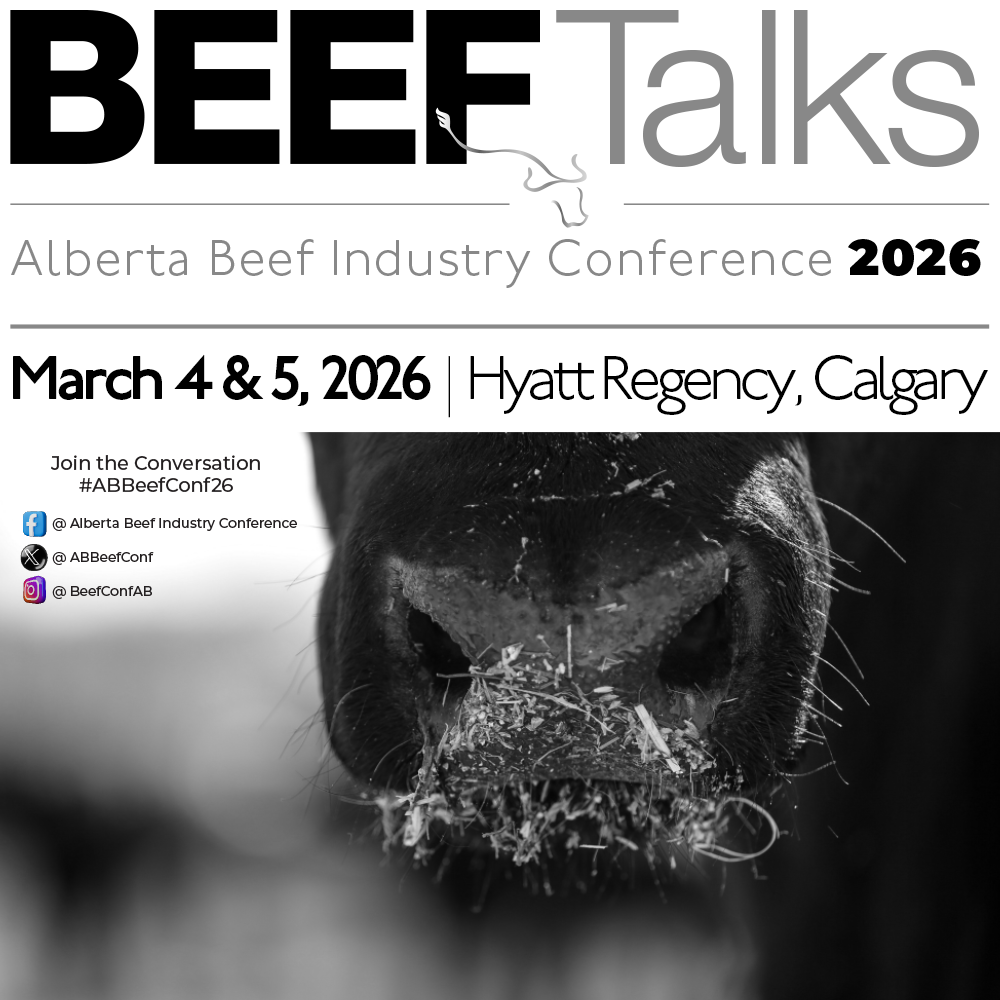AB Direct - Steers
Rail: 492.00-493.50 FOB feedlot (last week)
AB Direct - Heifers
Rail: 492.00-493.50 FOB feedlot (last week)
US Trade- Steers
Rail: 355.00-363.00 (IA, NE) last week
US Trade - Heifers
Rail: 355.00-363.00 (IA, NE) last week
Canadian Dollar
0.19

Rein’vigor’ate your herd
Is the vigor of your cattle herd waning?
The genetic vigor, that is.
It might be time to dig deeper than hide color to discover the actual genetic makeup, and then to refresh, the heterosis of your herd.
The what?
‘Heterosis’ is the science term for the Hybrid Vigor factor, and while its known benefits spawned the whole move to crossbreeding in cattle production, beef researchers like Dr. John Basarab suggest it’s time to revisit those pluses, and give them some new life.
Basarab has looked at cattle genetics for decades, and is well-known for providing valuable insights on crossbreeding to commercial beef producers. He’s currently serving at the University of Alberta as a beef researcher, and as the Beef Research Lead for the collaborative center for beef genomics, Livestock Gentec.
When it comes to the commercial cattle herd these days, it truly is a mixed bag, where color isn’t always an accurate gauge as to an animal’s actual breed makeup. Research has shown a steady decline in hybrid vigor since the early 2000’s. According to the numbers, that’s money left on the table.
“Heterosis gives up to a 36 per cent advantage in calf crop percentage and lifetime productivity. So that’s an extremely important benefit to cattle producers,” says Basarab.
“It can essentially mean the difference between staying in business or not.”
While knowing the benefits of the F1 cross (the purest combination between two diverse breeds, meaning a 50-50 genetic split) is not new, the game changer now is that hybrid vigor can be quantified and its benefits measured.
And there are some pretty impressive benefits.
Research work from the University of Alberta and Agriculture and Agri-Food Canada (with supporting partners Genome Alberta, Beef Cattle Research Council, Canadian Beef Breeds Council, Alberta Agriculture and Forestry, Herdtrax Inc., Beefbooster inc.) showed 46% of calves and 39% of cows would benefit from more vigor. The study was extensive, looking at 2311 progeny and dams from 13 commercial herds in Alberta.
Other projects brought forward economic highlights like:
- Each 10% increase in Hybrid Vigor score results in a 2.3% increase in pregnancy rate. That equates to two more calves per 100 cows exposed to breeding.
- Each 10% increase in Hybrid Vigor Score improves feed efficiency by 0.08 kg DM/d. Increasing Vigor Score from 30% to 60% could save $18/head in feed costs over 250 days of feeding.
Some of the early DNA pooling work shows the lowest hybrid vigor score cows had the highest open rate, while the highest scores had the lowest open rate.
How did we get here? We’ve advanced beef production and technology on many fronts but not so much in the breeding game. A systematic crossbreeding program concentrating on which breeds are used when and where should be able to maintain the heterosis advantage.
But that doesn’t always happen, and with the more common COBBETY approach (Cull Old Bull Battery Every Three Years), it’s easy for commercial cattle producers to lose track of breed combinations and have the hybrid vigor dwindle. The practical realities of multiple bulls in a pasture situation have always presented management challenges for tracking parentage data.
So can hybrid vigor be refreshed?
One of the things you can do is a genomic test to determine the genomic breed composition of an individual cow, and her hybrid vigor score. The EnVigour HX™ test was developed by Livestock Gentec and is now licensed to NeoGen Canada. While testing each animal might be feasible in a purebred operation, it would seem costly and management intensive for commercial producers.
Or, as Basarab calls it, a barrier to tapping into the technology.
“We’re always looking for better ways to bring down costs and add value to cow-calf production. So there are a couple strategy suggestions, like doing genetic tests on the most influential animals in the herd, for example, a group of replacement heifers.”
Another approach being tested now is DNA pooling. Hair samples would still be pulled from say, 50 replacement heifers, but at the lab equal DNA would be taken from each heifer and pooled to just do one representative DNA sample. That cuts the costs to just one-tenth of individual testing, meaning you could dip your toes into the water of genetic testing for as little as $150. Basarab likes to draw the analogy of the SNP panels showing genomic breed composition to work done by ancestry.com for humans. Even for curiosity, it might be a small price to pay for some valuable analysis.

What could you learn from a pooled average result?
“It can tell you some pretty important things,” says Basarab. “If your hybrid vigor score is low, it says these are the breeds presently in your average pool, and if you use an alternative breed, that would add a fair amount of hybrid vigor to your new calf crop – those animals you might be keeping as replacement heifers. Increasing your hybrid vigor, even on average, is going to improve your lifetime productivity, the overall health resilience of the herd and reduce your carbon footprint of beef production.”
Some of the early DNA pooling work shows the lowest hybrid vigor score cows had the highest open rate, while the highest scores had the lowest open rate.
Differences have been measured between high and low scoring herds at up to $160/head over five calvings versus a $35/cow investment, and those numbers say value.
What’s ahead? Basarab and fellow researchers have received some RDAR funding to continue work in this area, and hope to also look at using the hybrid vigor score as an important component in determining a fertility index for replacement heifers down the road.
In the meantime, it’s about spreading the word, and that’s why Livestock Gentec was represented at AgSmart at Olds College, where some of the measurements have been taken. Basarab is also presenting (virtually) on the topic at the Joint American and Canadian Society of Animal Science meeting in Kentucky.
On the ranch, it might be time to consider reviving the vigor factor to give your beef business a boost!
This article was first published in the September 2021 edition of ABP Magazine. Watch for more digital content from the magazine on ABP Daily.



